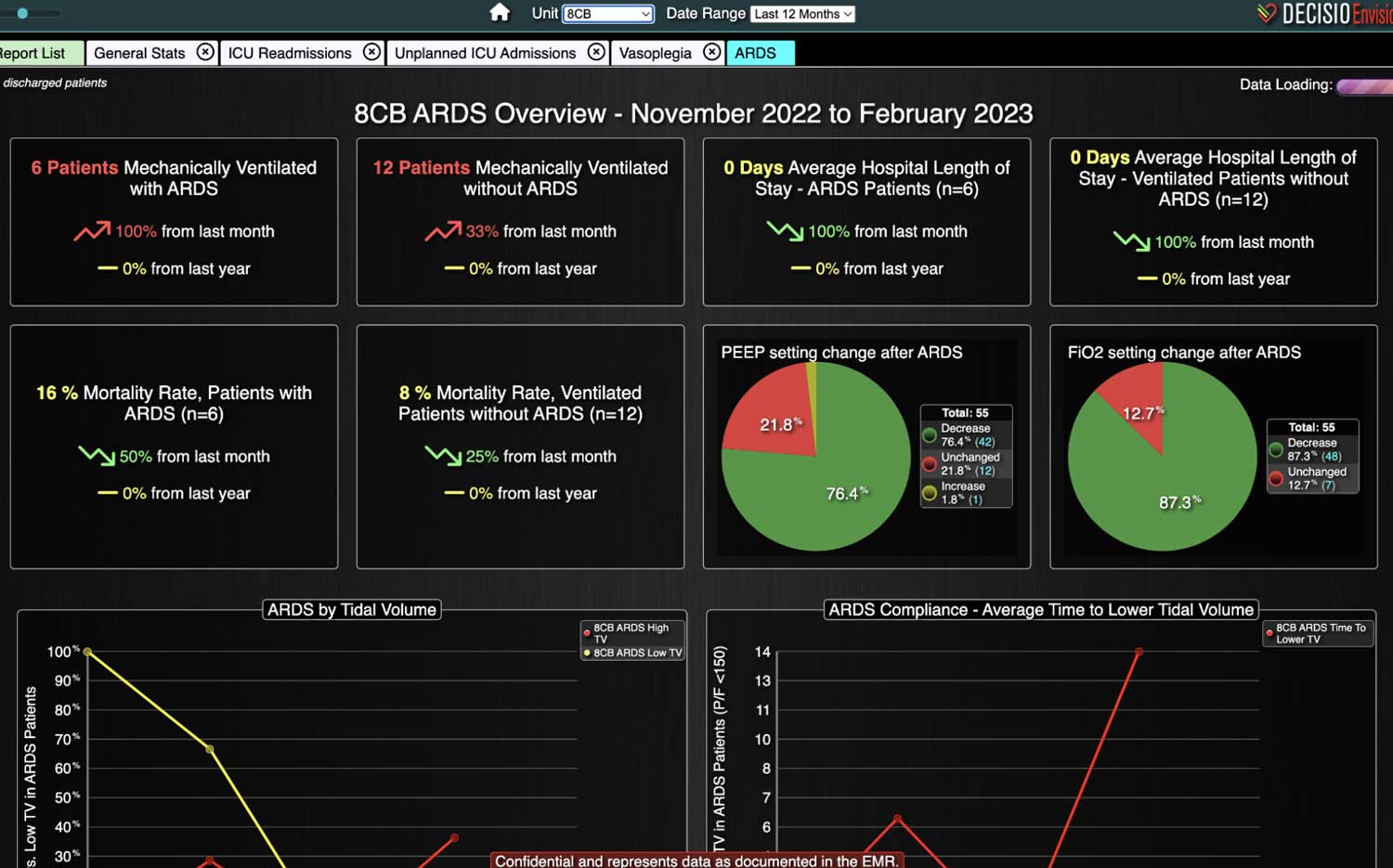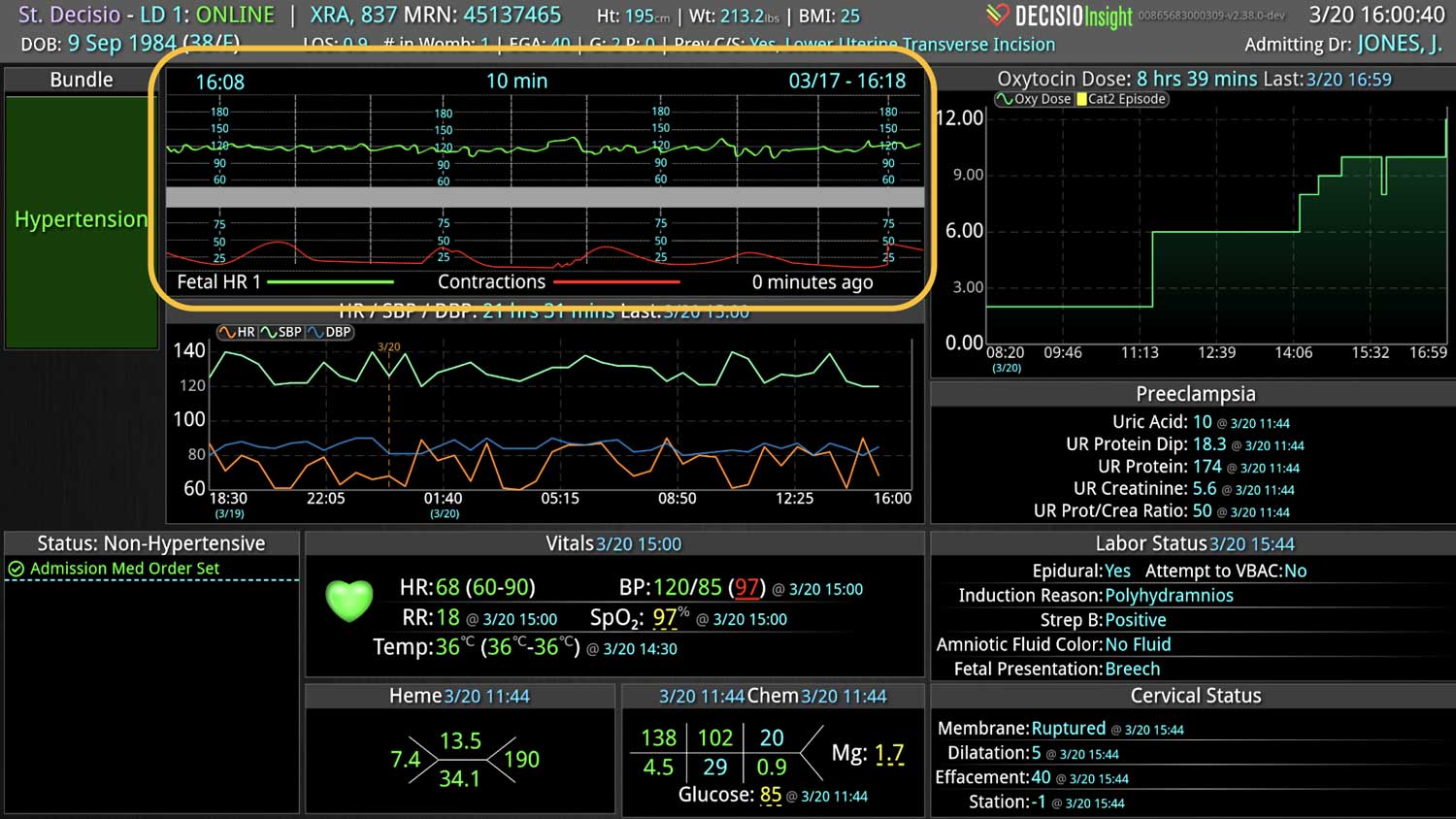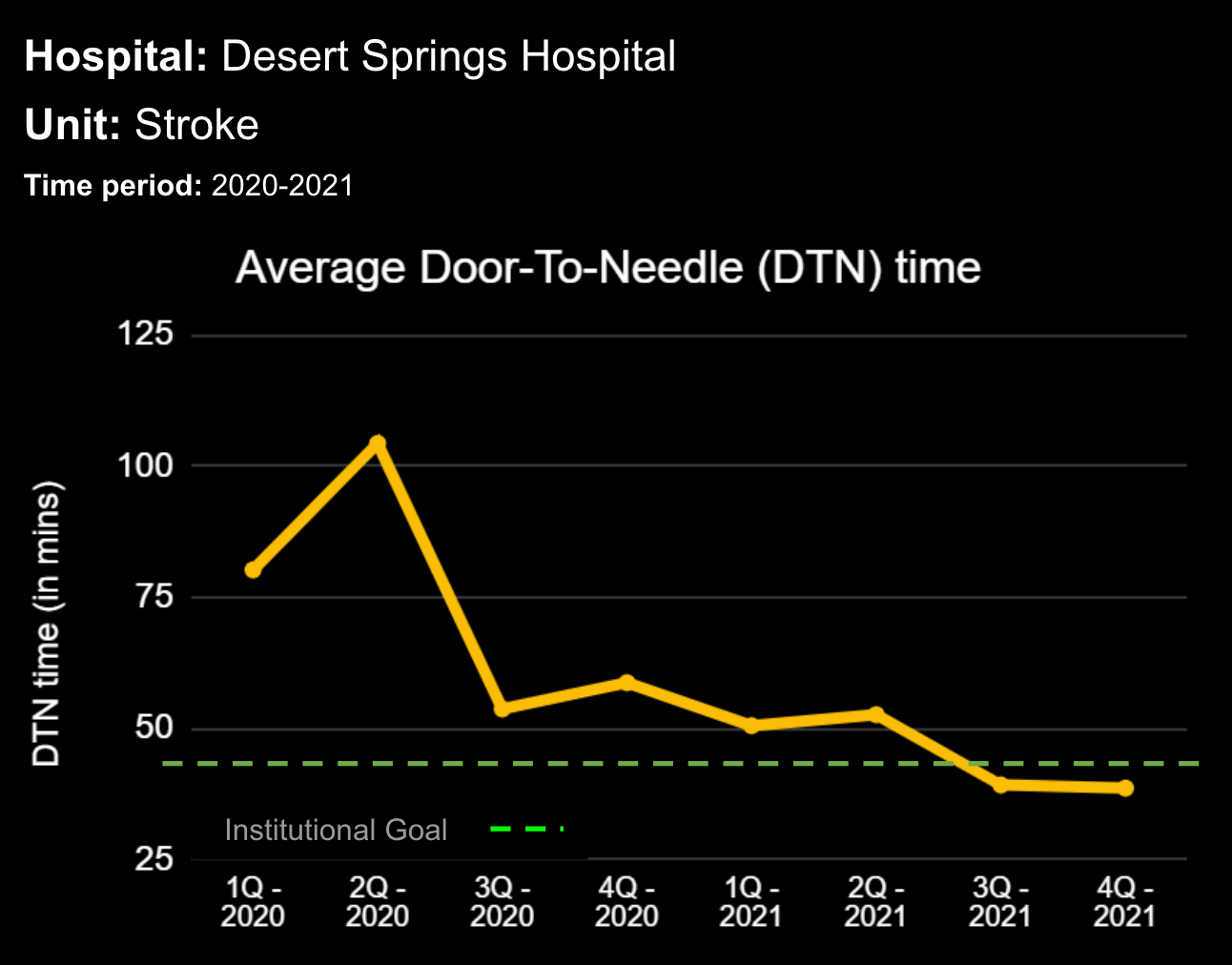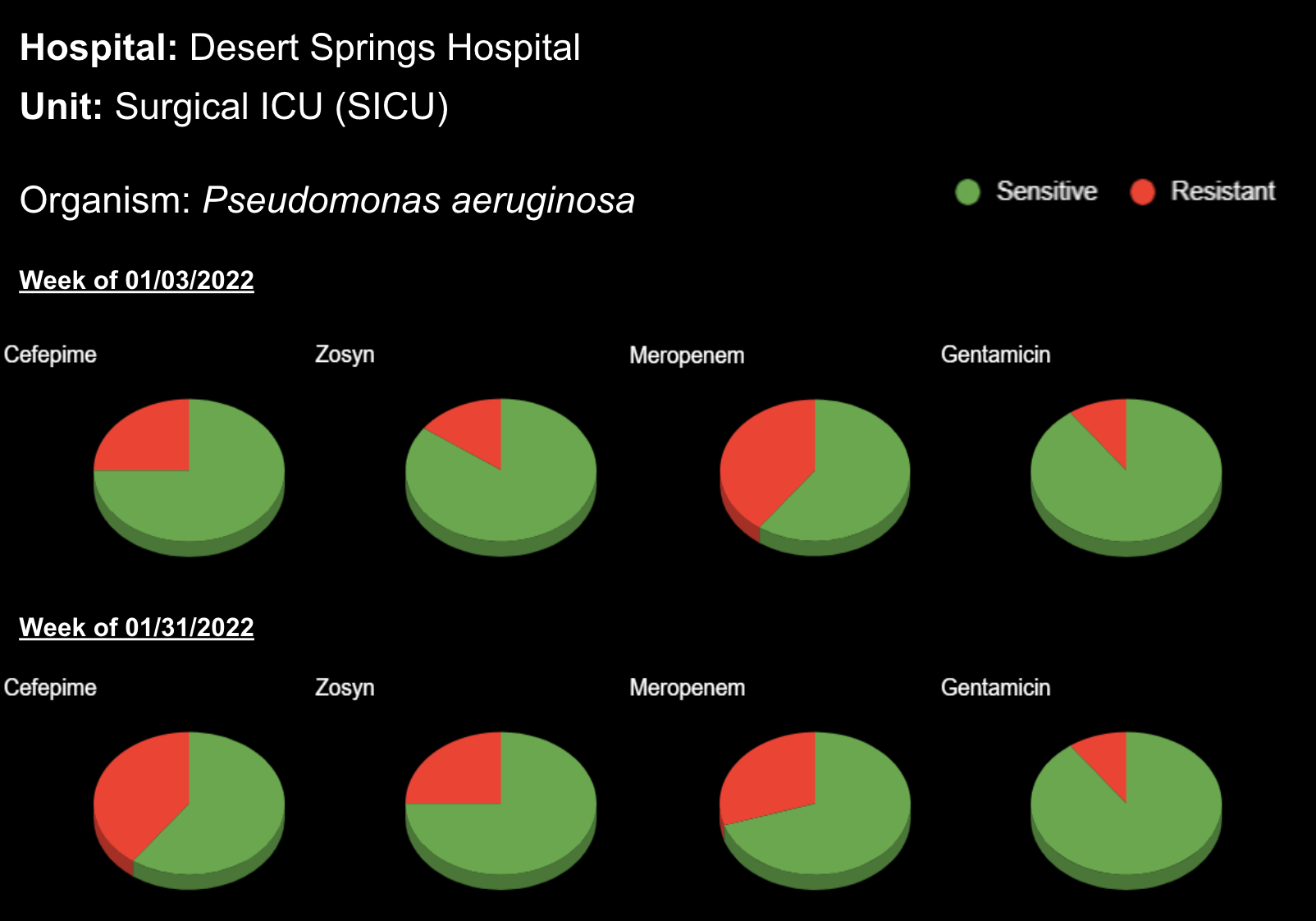29 May Reducing the Economic and Clinical Burden of CAUTIs: The Role of Virtual Nursing and Advanced Technological Tools
Catheter-associated urinary tract infections (CAUTIs) significantly strain hospital finances, incurring direct treatment costs and broader economic implications. The Agency for Healthcare Research and Quality (AHRQ) reports that each CAUTI case costs around $13,793 due to extended hospital stays and additional treatments.1 HealthLeaders Media adds that CAUTIs nationally cost about $1.7 billion, underscoring the economic incentive for hospitals to enhance infection control and monitoring to reduce these expenses.3 The substantial cost associated with CAUTIs highlights the broader economic incentives for hospitals to invest in infection control protocols and monitoring practices to reduce the incidence of these costly infections. Clinically, CAUTIs pose serious challenges, increasing patient morbidity and complicating treatment. UroToday notes that these infections heighten risks of severe complications like bacteremia and sepsis.4 Research in the Journal of Antimicrobial Stewardship and Healthcare Epidemiology shows CAUTIs often have higher antibiotic resistance, further complicating treatment and extending hospital stays by 2-4 days, straining resources and emphasizing the need for strict infection control.2,5 Addressing CAUTIs requires a multidisciplinary approach, emphasizing the elimination of unnecessary catheters and timely removal protocols led by nurses, as highlighted by the Agency for Healthcare Research and Quality and the American Nurses Association.6,7 Additionally, comprehensive nurse-driven catheter management practices ensure proper maintenance...










































